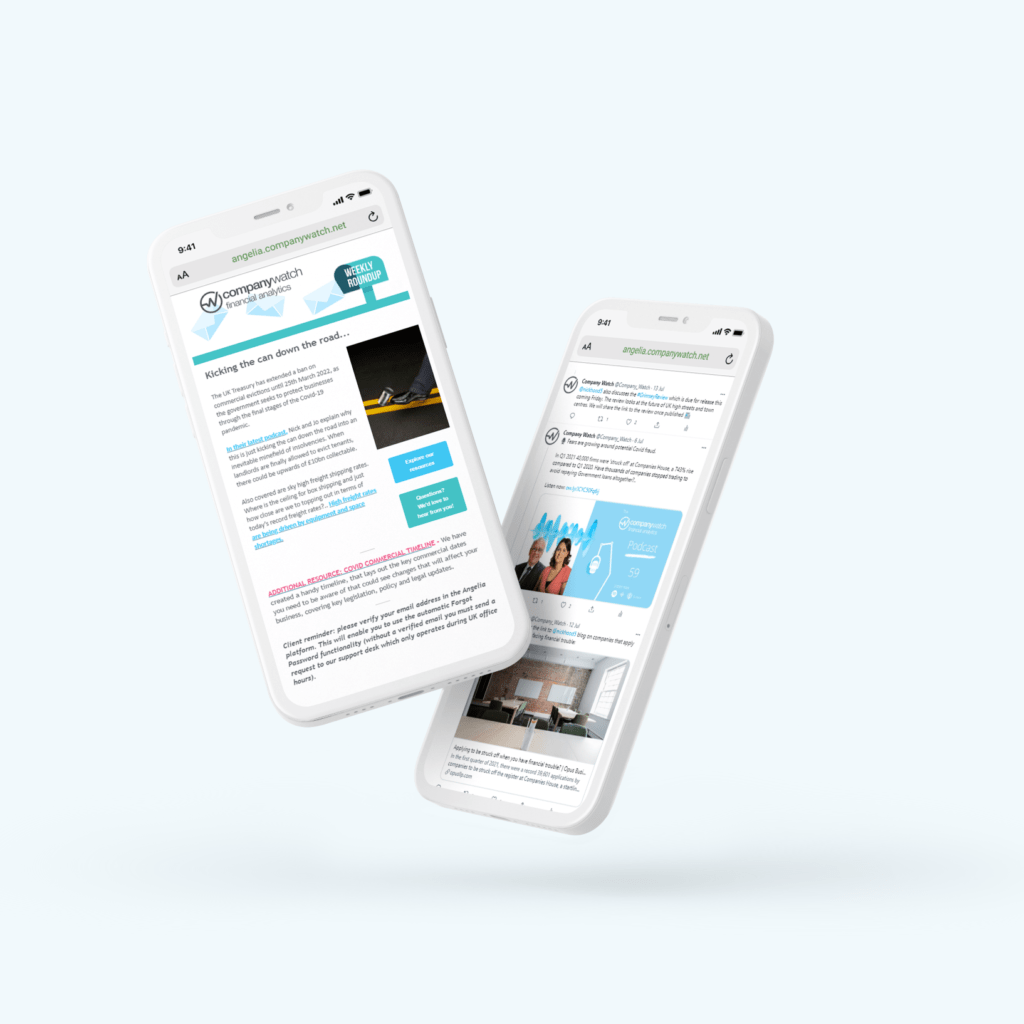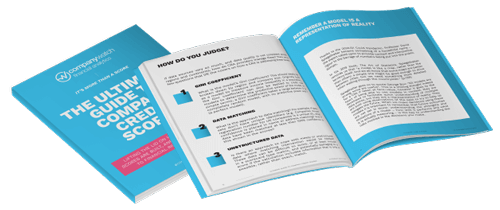3 Early Indicators Of Business Fraud

Fraud is a persistent and growing problem plaguing the UK economy. The 2023 Annual Fraud Indicator estimated that fraud costs our economy as much as £219 billion annually. The number of high-value fraud cases rose by 60% year-on-year in 2023. Half of those cases were over £200m.
The risk escalating fraud poses to your business is significant. Working with a fraudulent company could lead to legal, financial and reputational damage. Following the recently passed Economic Crime and Corporate Transparency Act, your company could face fines or prosecution for failure to prevent fraud.
Mitigating against this kind of risk can feel daunting, but it needn’t be.
Discover three early indicators that a company might be partaking in fraudulent behaviour and how Company Watch is tackling fraud head-on.
1. Financial distress
When companies face hard times, directors face mounting pressure. This can lead to the temptation to commit fraud. We saw a wave of loan fraud following the pandemic. More than 450 directors were disqualified in 2022-23 for abuse of COVID financial support schemes.
Financial distress can be a sign that a company might engage in misconduct. There are signs of financial distress that increase the likelihood of fraudulent activity down the line:
- A company is experiencing negative cash flow
- Missed or late payments to suppliers
- Late or missed payments to the bank
- A company is actively looking for new funding sources
- Market rumours about the viability of a company
- Termination of supplier contract
While companies in distress will not always go on to commit fraud, a study revealed that distressed companies are three times more likely to than a company with healthy finances.
2. Unusual financial activity and transactions
One of the key early indicators that a company could be engaging in fraudulent activity is unusual financial transactions. These transactions aren’t always easy to spot, but there are a few things you can look out for:
- Transactions outside the normal course of business
- Complex transactions, particularly those occurring at the end of the reporting period
- Odd patterns of transactions
- Transactions with suspicious or unfamiliar parties
Unusual transactions are one of the key indicators of accounting fraud. Recent research showed that a staggering 41% of companies commit accounting violations annually. Other key indicators that something might not be right include:
- An increase in the revenue reported at the end of the year
- A company’s revenue is growing, but there is a lack of cash flow
- The industry is struggling, but the company in question isn’t impacted
- Unusual financial transactions or other activity in Q4 could be a warning sign
When a company commits accounting fraud, the warning signs are often hidden just beneath the surface. For example, when the billion-dollar energy trader Enron collapsed in 2001, it was the biggest bankruptcy in US history. However there were long-time discrepancies between the company’s profits and cash flow, and the financial statements were incomprehensible.
In November 2001, Enron admitted it had been inflating its income since 1997 by a staggering $586 million. The company filed for bankruptcy in December 2001.
3. Lack of transparency
Transparency is vital when it comes to your financial risk assessments. If a company is trying to hide information from you, alarm bells should be ringing. Without transparency, you can’t get a full picture of a company’s performance and overall financial health. This could lead to serious implications for your business, particularly if the company in question is committing fraud.
Here are some indicators where a lack of transparency could indicate fraudulent behaviour:
- Incomplete or unclear financial statements - If a company’s financials are incomplete or unclear, it makes it difficult for you to get an accurate picture of financial performance. For example, if the income statements fail to provide a breakdown of revenue, you can’t determine where the revenue is coming from.
- Refusal to disclose requested information - A refusal to provide you with information can indicate a company has something to hide. For example, if they refuse to provide information about debt levels or unusual transactions.
- Hidden debt - There are several ways companies can obscure their level of debt. They will often use off-balance-sheet financing methods including operating leases, partnerships and participation in joint ventures. Hidden debts make it very difficult for you to fully assess a company’s risk level.
- Complex financial structures - If a company's financial structure is overly complex, it could be a sign that they are trying to make it difficult to get an accurate view of their financial performance. Examples could be off-balance sheet transactions, complex derivatives, and special purpose entities.
Follow us on LinkedIn for the latest news and updates

Company Watch in the fight against fraud
At Company Watch, we know how daunting the growing risk of fraud can be to your business. We’re constantly innovating to create market-leading products to help you fight back. We’re launching a new early warning tool, Vigilance™, to alert you to any suspicious behaviours that might progress into fraudulent activity.
Vigilance™ is a cutting-edge anomaly detection tool that scans company filings with laser-like precision to identify inconsistencies and flag risks. This will empower businesses to proactively address potential fraud before it happens.
This new early indicator tool will work alongside award-winning and market-leading products. We’ll arm you with the tools you need to fight fraudulent behaviour, so you can make business decisions with confidence.
Stay tuned for the release of Vigilance™ in May 2024!
Find out more about how our platform can transform your financial risk management and protect your business from fraud.

